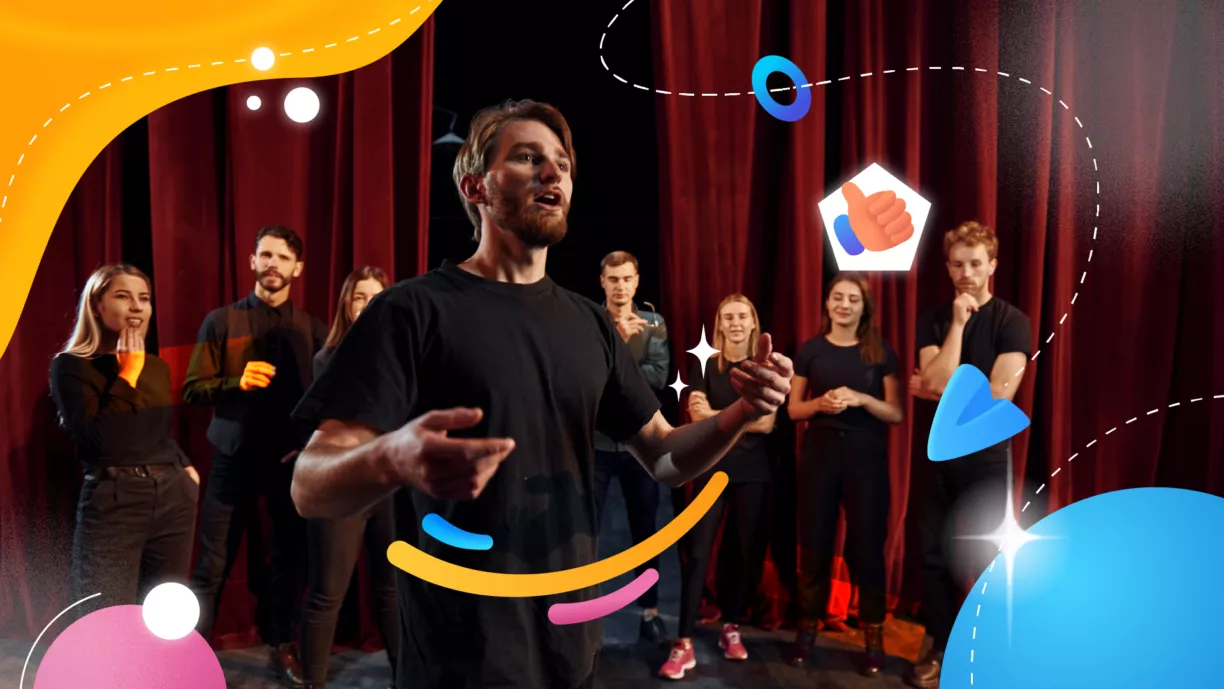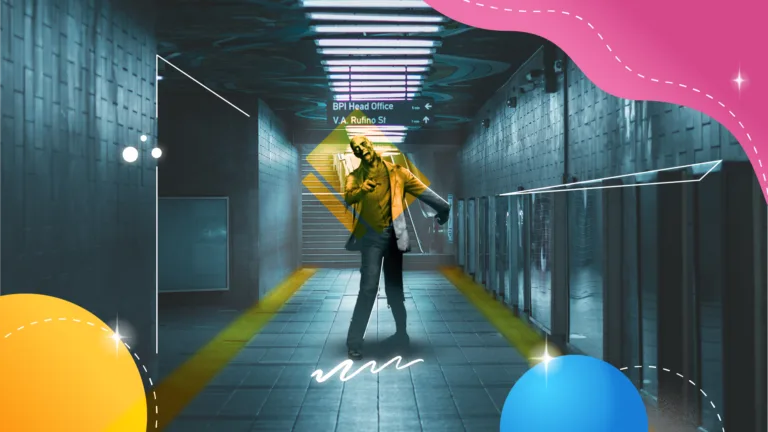What is Acting and How Can It Help Video Editors?
Acting is a form of creative expression that can help video editors in many ways. It allows them to bring life and emotion to their projects, as well as help them develop characters and create unique stories.
By learning the basics of acting, video editors can develop better techniques for creating compelling stories and characters that will draw viewers in.
How Actors Approaches Character?
Crafting stories is an art form that requires a deep understanding of character and motivation. By understanding the approaches to character development and emotional depth that actors use when preparing for a role, video editors can gain insight into how to create compelling stories.
By studying the techniques used by actors, video editors can learn how to create characters with unique motivations and personalities that draw viewers in. They can also use storytelling techniques such as foreshadowing, flashbacks, and symbolism to add emotional depth to their videos. With this knowledge, video editors can craft stories that are engaging, emotionally resonant, and memorable.
Editorial Considerations
Open with a clear statement of your thesis. Your opening will provide context for your video and establish the argument you want to make. For example, if you are making a video about “the importance of sleep,” then you might open by saying: “Sleeping is a lot like eating – we need it for survival.”
“Show or say something before talking.” If your goal is to communicate information, then show it. If your goal is to communicate feelings, then say something that gets people’s attention. For example, saying “I’m so tired” works better than saying “It’s been a long day.”

Exploring the Benefits of Improvisation & Flexibility in Editing
Editing is an important part of the creative process. It can be a daunting task and often requires a lot of time and effort. To make the editing process easier, improvisation and flexibility are two essential skills that editors must have. Improvisation techniques can help editors quickly come up with solutions to problems that arise in the editing process.
Additionally, having flexible approaches to editing allows for creative collaboration between editors, writers, and other professionals involved in the project. By exploring the benefits of improvisation and flexibility in editing, we can ensure that our projects are completed efficiently and effectively.
What can video editors learn from actors?
Actors and editors both experience a lot of rejection; learn that it’s not about you. Understanding that it is rarely about you or your movie can help you get through.
Smart Use of Downtime
Actors frequently go months or even years between gigs, occupying the gap with acting workshops and other chances for professional growth in order to get the next job. You can watch a few good movies, travel to conferences, or take online or in-person courses. Of course, one of the challenges editors face is devoting excessive time to training in order to avoid editing. So, be sure to balance your training and editing time. It is also significant.
Spread Your Income Around
Smart actors choose side jobs that make use of the abilities they use as actors to guarantee that they are continually improving in their chosen industry, even if they are aware that very few of them would be able to support themselves entirely via performing. Some authors, including myself, also work as freelancers to cover their expenses. Others work part-time employment that, once more, provides a consistent income. The opportunity for inspiration when doing a part-time job allows you to interact with people that might later serve as characters in your writing.
Just affirm
Agents frequently urge their talent to answer “yes” to any questions during an audition about talents or activities since they can always pick up the skill before the shoot. And when people advance in their jobs, stepping outside of their comfort zones and picking up new talents show to be beneficial.
Leveraging Empathy & Performance to Create Engaging Content
In today’s digital world, storytelling has become a powerful tool for connecting with audiences. To create engaging content, it is important to leverage empathy and performance. This can be done by using audio-visual storytellers who are able to combine the power of visuals and sound to create a strong connection with the audience.
Audio-visual storytellers can help bring stories to life in an interactive and engaging way that resonates with viewers. By leveraging empathy and performance, content creators can ensure that their stories reach the right people in the right way, creating an emotional connection that leads to engagement and loyalty.
Exploring Key Performance Techniques for Unlocking Creativity in Video Editing
Video editing is a highly creative process, but it can also be challenging to unlock creativity in the editing process. To help video editors get the most out of their work, it’s important to understand key performance techniques that can help them unlock their creativity. From learning how to use specific software tools to understand the importance of storytelling.
We’ll look at how these techniques can help video editors create engaging and compelling visuals and stories that capture viewers’ attention. With the right tools and knowledge, video editors can unleash their creativity and create amazing videos that stand out from the crowd.
Is there any difference between editors and actors?
In reality, the only real distinction between performers and editors may be that we don’t aspire to take center stage. Our networks do have a few leading stars and starlets, but they are typically the ones encouraging the rest of the cast by imparting their technical expertise or marketing savvy. When the curtain rises, they stand with their chorus mates and do their word magic, just like the rest of us. Usually, a job well done and satisfied customers are sufficient rewards.
Why is it important for actors to understand editing methods?
The simplest explanation is that they must operate in such a manner that the editor can match shots, taking into account motion, lighting, and sound. For a ten-minute scene in a movie, five hours of video may be filmed. In order for the editor to select from among the several takes and match the shots in accordance with the script and the director’s directions about tempo, tone, and visual impact, the actor must retain control.
Advice for actors
You are not required to act identically in every camera configuration. A lot of performers alter their delivery of lines and facial expressions, which may be quite beneficial to editors when developing characters. However, it will be problematic if you encroach into your co-frame. star The editor is frequently forced to cut to your co-tie star if you straighten his or her tie in one shot but not in the others. You may get away with changing things around as an actor, but it requires practice.









